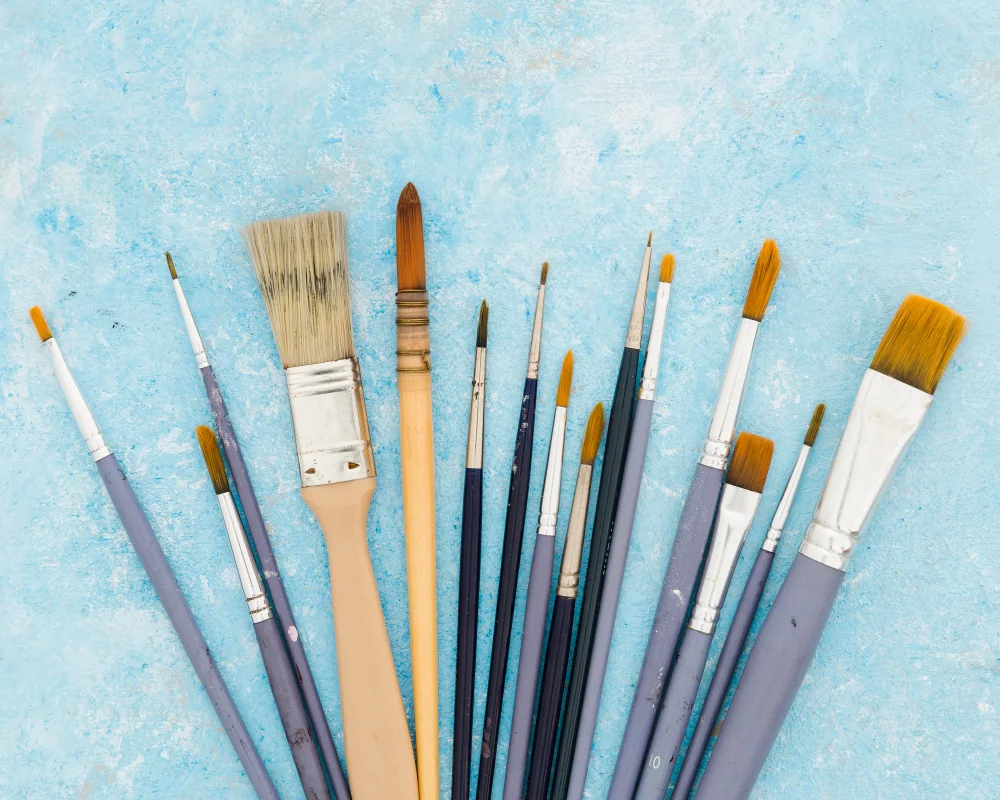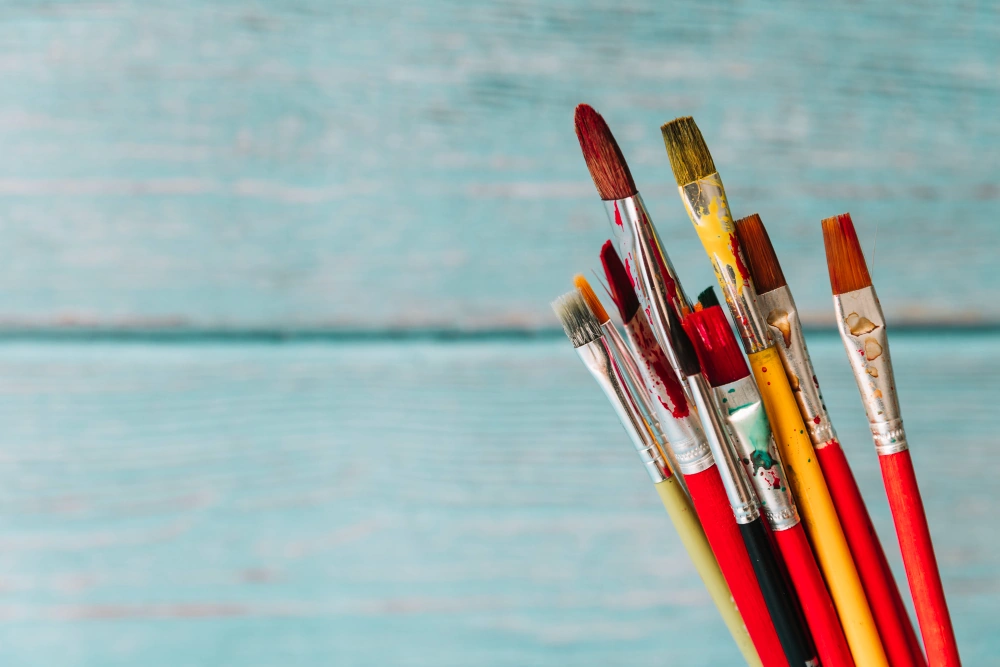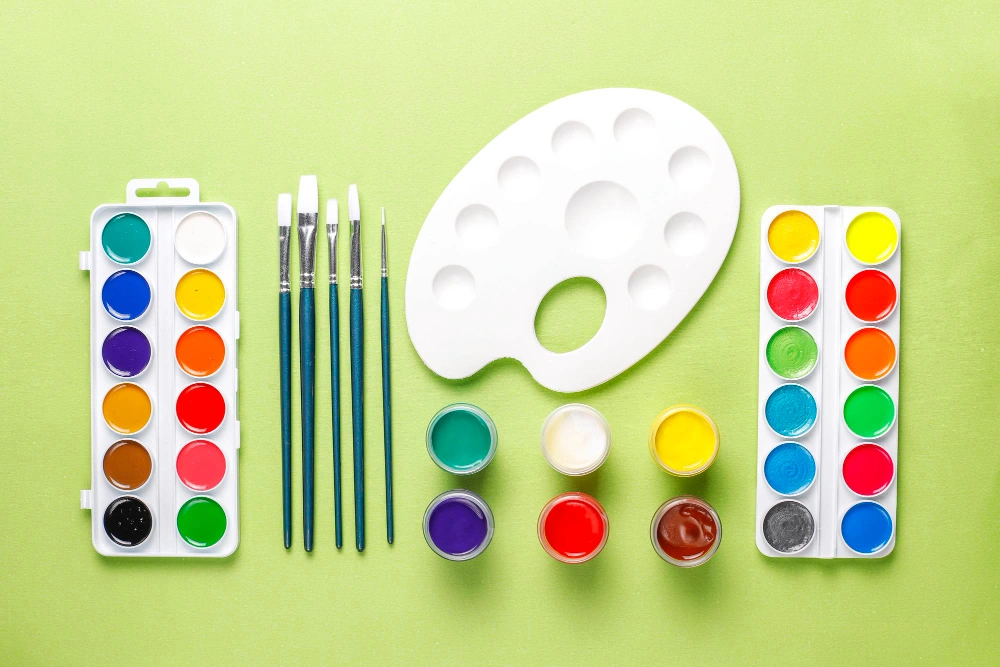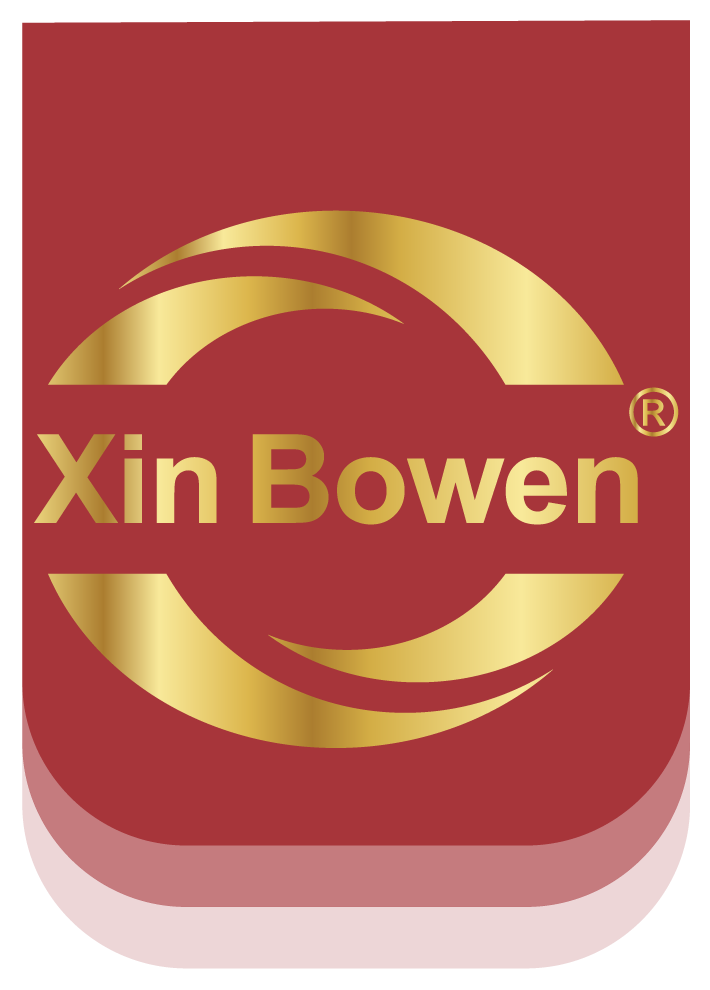
1. What types of painting brush sets are commonly included for beginners?
A paintbrush set made for beginners often has different brush shapes. These shapes fit various methods and styles. The usual brush types in these sets are round, flat, filbert, fan, and detail brushes.
1.1 Round brushes and their versatile applications
Round brushes form a basic part of every painting brush set. Their shape works in many ways. They have a sharp tip. This tip helps with small details when you use just the end. It also allows wider lines when you press harder. This makes them good for drawing, outlining, and even washing. Beginners like round brushes. They can use one tool for small work and filling areas.
1.2 Flat brushes for smooth coverage and edges
Flat brushes have a square end with long hairs. They suit big lines, filling large spots, and making clear edges. In beginner sets, flat brushes let users add background colors or spread paint evenly on the canvas. They work well for straight shapes and sharp borders.
1.3 Filbert brushes for blending and soft shapes
Filbert brushes mix the flat form with a round side. This makes them good for mixing colors and forming gentle, curved lines. The mixed shape gives more options in lines. People use them often in face painting or for natural items like flowers. Beginners who learn to mix shades or draw living forms find filberts useful.
1.4 Fan brushes for textures and special effects
Fan brushes have a special form. Their hair spread out like a fan. This makes them great for added effects like grass, fur, leaves, or clouds. In a painting brush set, fan brushes help beginners try texture making. They add life to pictures without hard skills.
1.5 Detail brushes for fine lines and precision work
Detail brushes stand out with their thin ends and short hairs. They fit exact lines, bright spots, or tiny marks. These brushes matter in a beginner’s painting brush set. They handle tasks that need close control, like adding face parts or small designs.

2. How does brush shape affect painting techniques in a set of painting brushes?
Brush shape changes the lines a painter can draw. It also shifts the methods they can use well. Each shape gives its own hold, paint hold, and line type.
2.1 Differences between angular, bright, and mop brushes
Angular brushes have slanted hairs. This lets artists draw bent lines and exact marks at the same time. They help with angles and sides.
Bright brushes look like flat ones but have shorter hairs. They give a better hold for short lines. They suit thick paints like acrylics or oils when close work is needed.
Mop brushes are big with soft hairs. They cover wide areas with thin paint like watercolor. They work best for soft mixing and wash methods.
2.2 Matching brush shapes to artistic styles and techniques
Picking the correct shape depends on your art goals. For free or non-real art, fan or filbert brushes give loose lines and feel. Real art makers often pick detail and angular brushes for exact work and clean lines. Knowing how each brush shape acts helps artists pair tools with the look they want.
3. Which brush materials are ideal in a quality painting brush set?
Brush work comes from the shape and the hairs used. A good set of painting brushes must mix softness, lasting, paint hold, and bend.
3.1 Synthetic vs natural bristles: pros, cons, and use cases
Synthetic hairs come from items like nylon or polyester. They work well for acrylics and watercolors. They stand up to water and give an even paint spread. Synthetic choices cost less and avoid animal harm.
Natural hairs come from pig, sable, or squirrel. They hold paint better and spring back naturally. This helps in oil painting, where thick paint needs control. But they need more care and cost more.
3.2 Durability, elasticity, and paint retention explained
Lasting keeps the brush shape over time. Bend means how well hairs snap back after a line. Paint hold shows how much color the brush keeps before a refill. Xin Bowen’s painting brushes focus on these traits. They do this through close material choice and make checks. Our quality inspection team will strictly control the procurement and production processes.
4. How to choose the right painting brush set based on your medium?
Different paints need certain brush traits for the best results. A good-fit painting brush set will match the paint thickness and methods used.
4.1 Brushes suited for acrylic painting
Acrylics dry fast. They need bend and strength in brush work.
Soft synthetic filaments for smooth application
Synthetic hair gives an even spread of thin acrylics. It does not soak up too much paint.
Firm tips for layering and texture work
Firm-end synthetic brushes like those in Xin Bowen’s custom acrylic sets let artists add layers fast. They also shape feelings.
4.2 Brush features ideal for watercolor techniques
Watercolor needs a good soak and a light touch to keep the paper safe.
Water-holding capacity of Xin Bowen’s synthetic hair
Xin Bowen uses special synthetic fibers. They act like natural squirrel hair for good water hold in watercolor sets.
Tapered tips for controlled washes and gradients
The thin end allows smooth shade shifts and soft washes. This matters in watercolor methods with layers or glazes.
4.3 Brush selection tailored to oil painting needs
Oil paints are thick and dry slowly. The brush must stand heavy paint loads.
Stiff bristles for thick paints and impasto effects
Natural pig hair or strong synthetics work best here. They move dense oil paint well.
Long handles designed for canvas work
Long-hold brushes like those in Xin Bowen‘s oil sets give more reach and hold on easel or big canvas work.
5. What makes Xin Bowen’s painting brushes set stand out?
5.1 Introduction to Xin Bowen as a fine art supplies manufacturer
With over 15 years in making and custom work, own brand, full trade, Xin Bowen has built a solid name in pro art goods worldwide.

5.2 Craftsmanship behind each brush in our curated sets
Our brush sets cover models from acrylic, oil, and watercolor lines. We plan them with the artist’s wants in mind. From hand-cut hairs to user-fit holds, each brush shows our focus on use and ease.
5.3 Our commitment to quality control and artist feedback integration
Our quality inspection team will strictly control the procurement and production processes. At any step in the making, we follow the business at any time. We keep talking with customers openly. This makes feedback change the product better in cycles.
5.4 Versatile sets designed to meet hobbyist to professional needs
Xin Bowen gives full custom painting brush sets. They fit school use and pro studio work. Our goods go mainly to world markets like Europe, North America, South America, and the Middle East. This shows their world name and wide use.
6. FAQ
Q: What is the best brand of painting brushes set for beginners?
A: Brands with planned sets that have different shapes, like round, flat, filbert, fan, and detail brushes, work best. Look for makers with good check ways and world-accepted standards.
Q: How do I choose the right painting brushes set for acrylic vs watercolor?
A: For acrylics, pick synthetic hair brushes with strong ends. For watercolors, choose soft synthetic or natural hair with good soak and thin ends for even washes.
Q: Are synthetic or natural bristle brushes better in a painting brush set?
A: Synthetic hairs work across paints like acrylics and watercolors. Natural hairs do better with oils for good paint hold. But they need more care.
Q: What’s the difference between round and filbert brushes in a painting brush set?
A: Round brushes give exact lines. Filbert brushes make softer sides good for mixing curved lines like flower parts or face curves.
Q: Which companies offer customizable painting brush sets?
A: Makers with full making, like Xin Bowen, give custom services with close quality checks. They fit artists who want to fit brush answers across paints.






